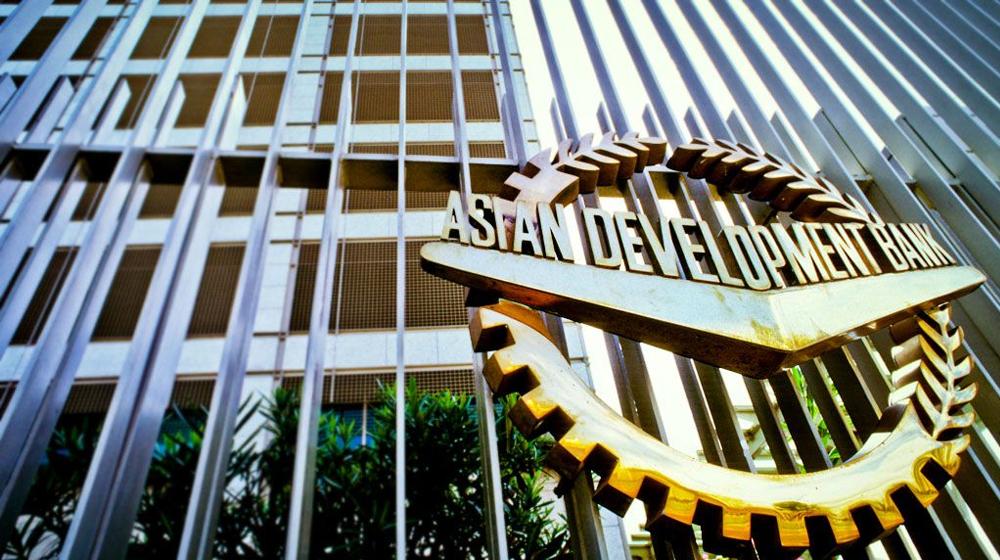Pakistan’s GDP growth rate is projected to recover slightly, but inflation would jump upward substantially in the current fiscal year, says Asian Development Bank (ADB).
The Bank, in its latest report, “Asian Development Outlook Supplement,” noted that inflation in Pakistan is highest after Sri Lanka in the region.
The report further stated Pakistan’s inflation is marginally revised up for FY22 and substantially so for FY23. Headline inflation reached 21.3 percent in June 2022, up from 13.8 percent in May 2022. In addition to the effects of elevated global energy and food prices, the government’s efforts to revive the stalled International Monetary Fund (IMF) program have meant raising power tariffs and withdrawing subsidies in the oil and power sectors.
The Bank further stated that GDP growth in Pakistan is expected to moderate in FY22 (ended 30 June 2022) on fiscal tightening measures to manage growing demand pressures and contain external and fiscal imbalances. Growth is projected to recover slightly in FY23, supported by structural reforms.
In Afghanistan, sanctions and the freeze on international development assistance other than humanitarian aid have significantly constrained economic activity, the report informed.
It was further noted that headline inflation is at double-digit levels in most of the Caucasus and Central Asia, Mongolia in East Asia, Pakistan and Sri Lanka in South Asia, and the Lao People’s Democratic Republic (Lao PDR), and Myanmar in Southeast Asia. Inflation in India is at 7 percent, above the 2–6 percent target range of the Reserve Bank of India (RBI). But the headline and core inflation in the rest of developing Asia’s large economies remain manageable. Accordingly, inflation remains moderate on average and much lower than elsewhere in the world for the region as a whole.
The report also noted that many central banks have started hiking rates to curb inflation and safeguard financial stability. State Bank of Pakistan (SBP) has hiked the policy rate by 525 points from January-July after Sri Lanka with 950 points.
This supplement revises the growth forecasts for developing Asia from 5.2 percent to 4.6 percent for 2022 and from 5.3 percent to 5.2 percent for 2023, reflecting worsened economic prospects because of the Russia-Ukraine war, aggressive monetary tightening in advanced economies, and COVID-19 lockdowns in the People’s Republic of China (PRC).
East Asia’s growth forecast is revised from 4.7 percent to 3.8 percent for 2022 due to downgraded 4.0 percent growth in the PRC and softening global demand. South Asia’s growth forecast is lowered from 7.0 percent to 6.5 percent for 2022 and from 7.4 percent to 7.1 percent for 2023 mainly due to the economic crisis in Sri Lanka and high inflation and associated monetary tightening in India.
The 2022 forecast for Southeast Asia is marginally upgraded from 4.9 percent to 5.0 percent as domestic demand benefits from the continued lifting of COVID-19 mobility restrictions and the reopening of borders in some economies in the subregion.
The Caucasus and Central Asia’s growth prospects are raised from 3.6 percent to 3.8 percent for 2022 and from 4.0 percent to 4.1 percent for 2023, as some economies have withstood the economic fallout from the war in Ukraine better than expected.
This year’s growth prospects for the Pacific are revised up, from 3.9 percent to 4.7 percent, reflecting the stronger-than-expected rebound in tourism in Fiji.
The inflation forecast for developing Asia is raised from 3.7 percent to 4.2 percent for 2022 and from 3.1 percent to 3.5 percent for 2023 due to higher fuel and food prices. Inflation pressures in the region are, however, less than elsewhere in the world.
Although COVID-19 persists, driven by Omicron subvariants, the pandemic has significantly abated, with global daily cases declining from 1.2 million when Asian Development Outlook 2022 (ADO 2022) was published in early April to 738,000 at the end of June. That decline has been even more marked in developing Asia, which saw daily new cases fall from 384,000 to 82,000 in the same period. This decline, combined with continued progress in vaccination, has allowed many economies in the region to further ease COVID-19 restrictions.
The People’s Republic of China (PRC), however, is the notable exception to this pattern. Its adherence to a zero-COVID strategy in response to renewed outbreaks early in 2022 triggered the reimposition of strict lockdowns. The export performance of developing Asia’s economies remained solid in the first 5 months of 2022.
Although the PRC’s exports fell in April on the lockdowns, they have since rebounded as restrictions were eased. With many economies in the region increasingly choosing to live with the virus and reopening, economic activity continued to expand in the first half of 2022—with the notable exception of the PRC.

























